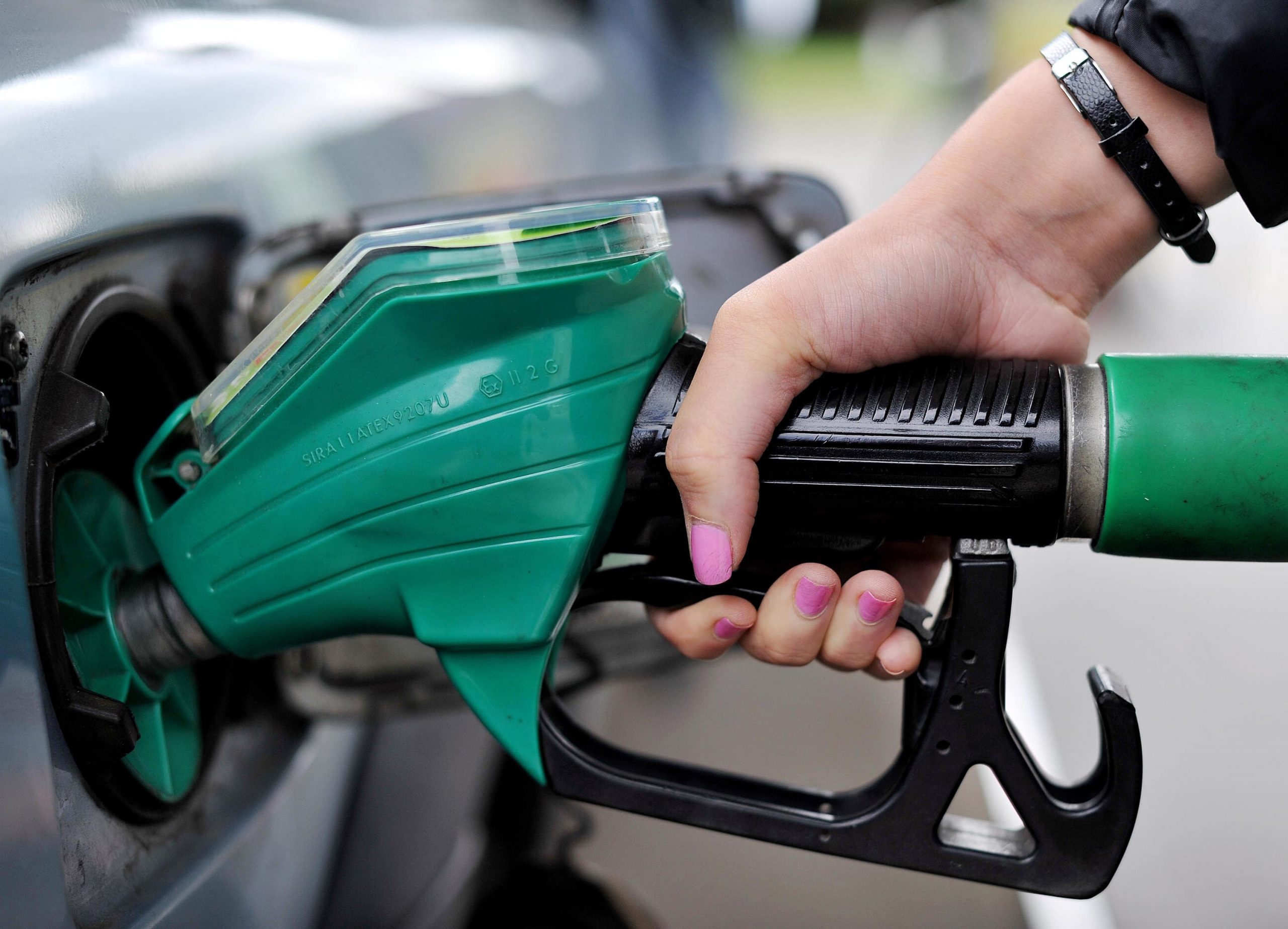The Ukraine war and a weaker pound have made 2022 a ‘terrible year for drivers’ with fuel prices at their ‘most volatile’ on record, according to a study published on Tuesday (December 6).
After the government cut fuel duty for petrol and diesel by 5p per litre in March, the Competition and Markets Authority (CMA) launched an investigation to make sure the savings were being passed on at the pumps.
Today, the independent government watchdog revealed its ‘emerging analysis’, saying it had found that 2022 had been the most volatile year on record for fuel prices, with an increase of 50p per litre recorded between January and July, before dropping by 31p for petrol and 14p per diesel.
The CMA also found the gap in prices between petrol and diesel was the widest ever at 24p per litre – said to be ‘largely due to western Europe’s reliance on imports of diesel, but not petrol, from Russia’.
Sarah Cardell, interim chief executive at the CMA, said: “It has been a terrible year for drivers, with filling up a vehicle now a moment of dread for many. The disruption of imports from Russia means that diesel drivers, in particular, are paying a substantial premium because of the invasion of Ukraine. A weaker pound is contributing to higher prices across the board, too.
“There are no easy answers to this. The question for the CMA is whether a lack of effective competition within the UK is making things worse. Although it is only a small proportion of the overall price, the increase in margins for many fuel retailers over the last few years is something we need to investigate further.”
It also found evidence of ‘rocket and feather’ pricing, whereby prices rise like rockets and fall like feathers, which had particularly happened with diesel. The CMA said it would “investigate this further”.
But although the CMA said it had found “no evidence” of this rocket and feather pricing before 2022, the RAC disagreed.
Commenting on the study, Simon Williams, RAC fuel spokesman, said: “While it’s encouraging the CMA has found evidence of ‘rocket and feather’ pricing taking place this year, we believe there was clear evidence of it happening this time last year and in 2018 and 2019.
“Volatility has unquestionably been an issue in fuel pricing since Russia invaded Ukraine, but when wholesale prices trend down for weeks at a time, drivers should see pump prices do the same at a similar rate – unfortunately, our data shows that this is not often the case.
“What’s happening now – as it was last December – is a massive downward shift in the price of wholesale fuel with a slow dropping of forecourt prices. Consequently, drivers are set for a more expensive time on the roads this Christmas than they should be.”

